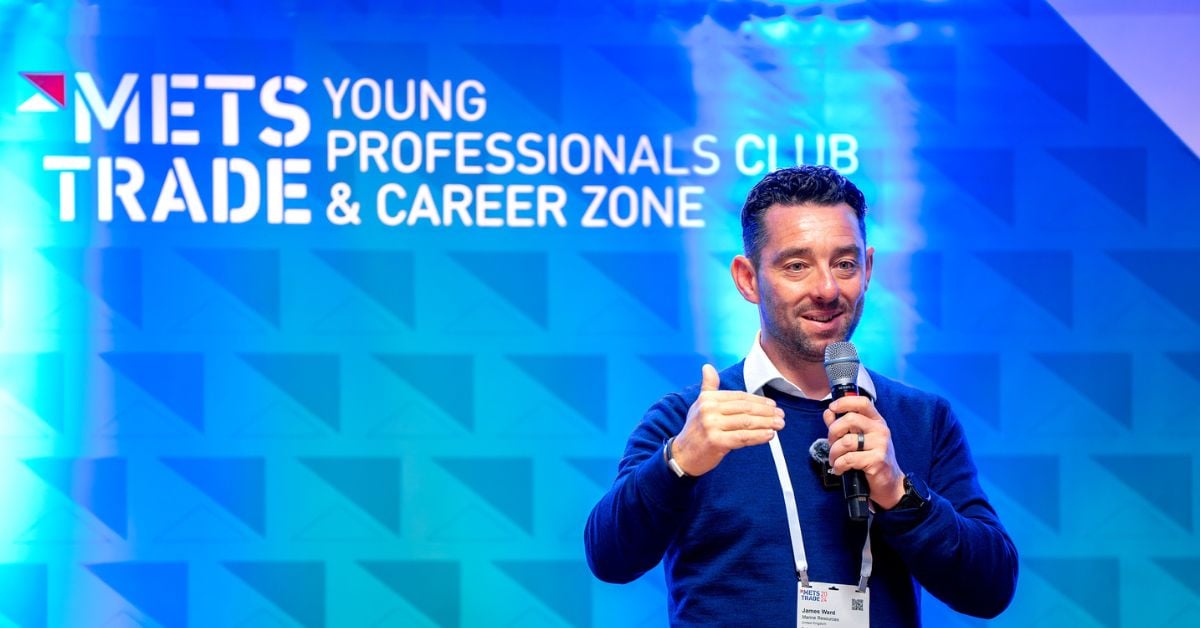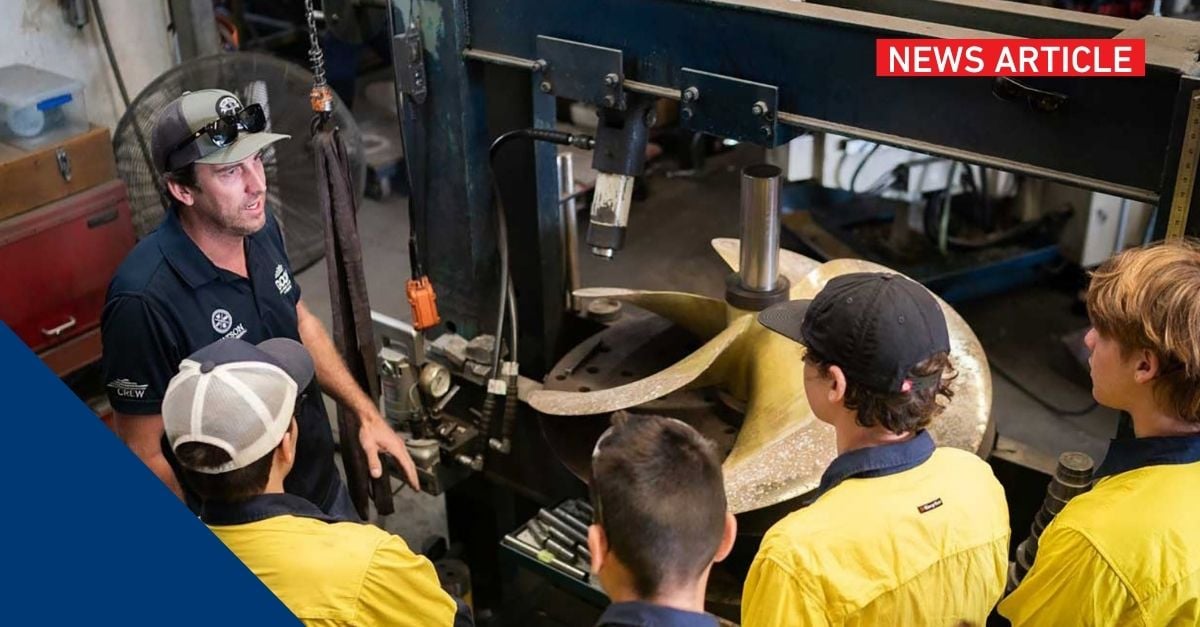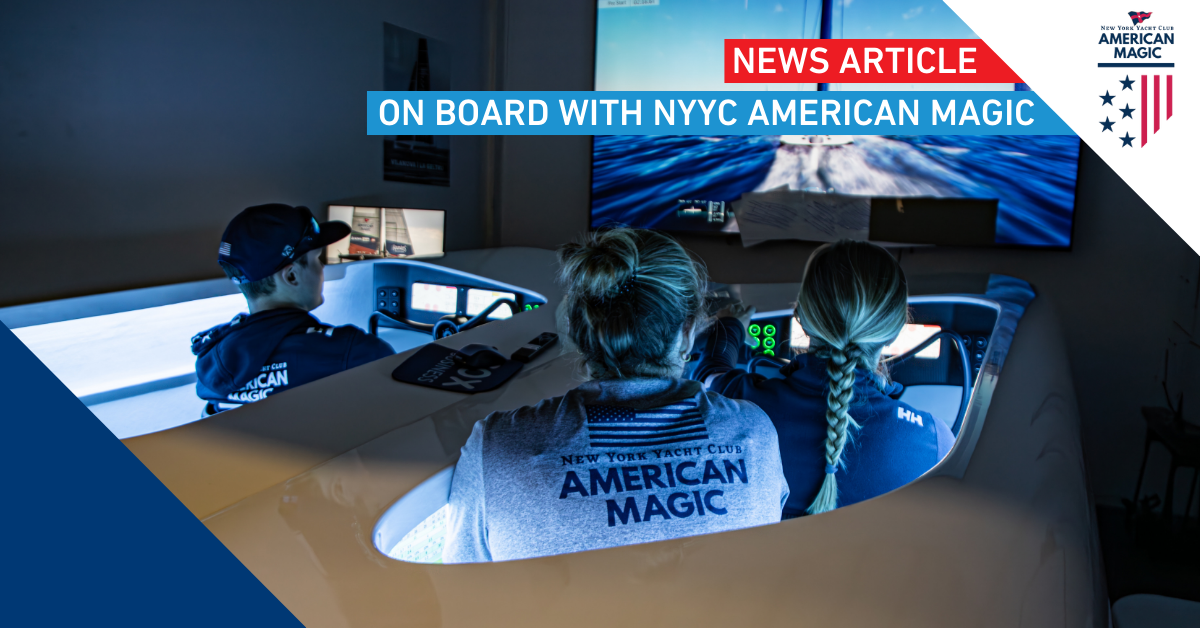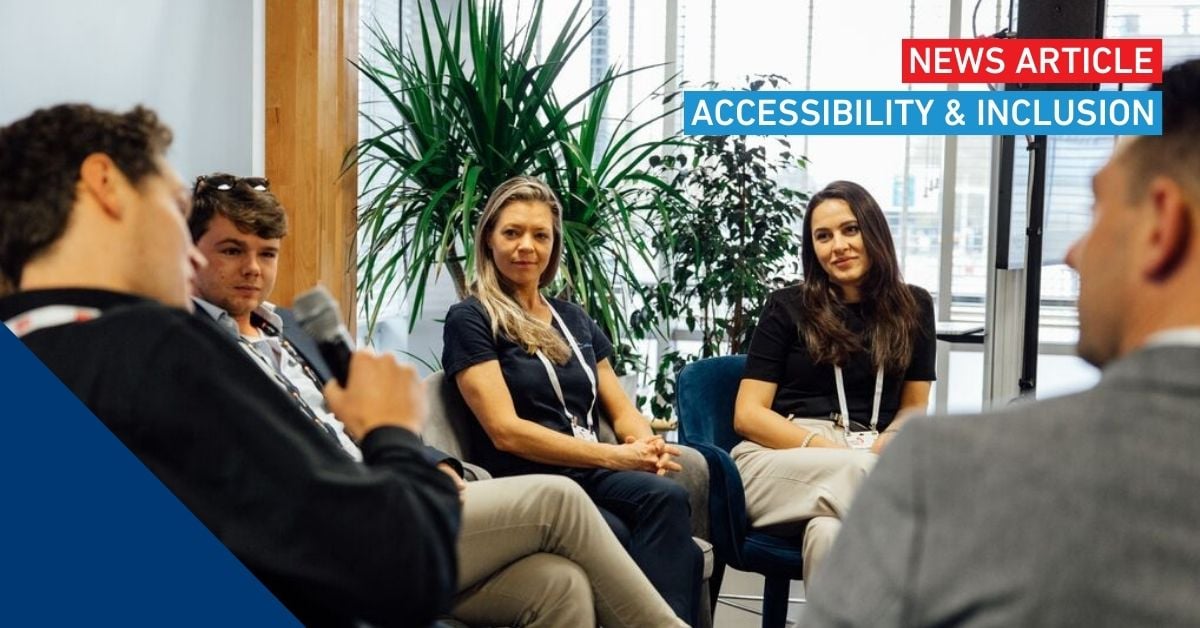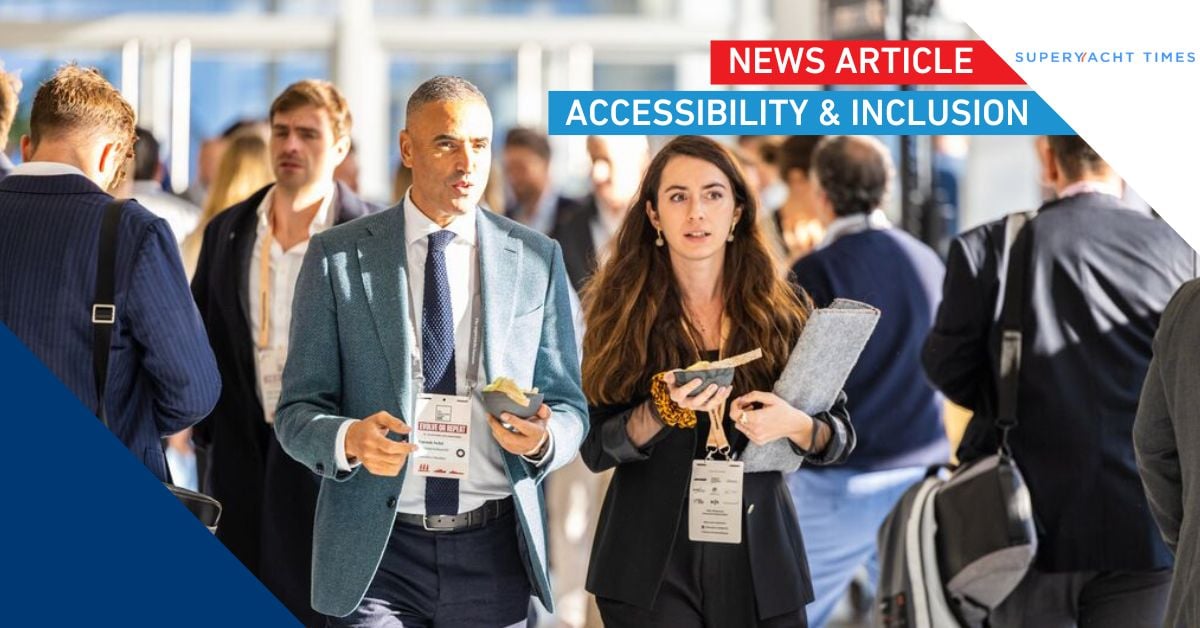Humans of METSTRADE with David Barrow
David Barrow, founder of Barrow International and director of Windship Technology, shares his career highlights, trends he sees in the leisure marine industry and insights on how to use METSTRADE to expand overseas distribution.
What attracted you to working in the marine industry?
My whole family were keen sailors and I’ve continued with that passion throughout my life.
When starting my career in the UK I was looking for something marine-based. I joined London Marine Underwriting where I handled dinghy and yacht claims. In 1976 I moved to Lymington on the South Coast and worked with Phil Crebbin and John Green to start Stearn Sailing Systems. At the start it was just three of us sitting in a portable cabin at the end of Jeremy Rogers’ boatyard with a telephone and an old van. I became responsible for the hardware sales, distribution and marketing with John heading up spar sales. We ended up being acquired by Sparcraft, turning over £5.5m, employing 50 people and building masts for leading events like the America's Cup, Admiral's Cup and Volvo Ocean Race.
I eventually left to join as Operations Director for yacht brokerage group, Ancasta, before setting up Barrow International in 1991.
Tell us about your business?
Barrow International was launched to help new innovative and niche products that are typically successful in their own country and want to gain international distribution within the marine industry. In all we’ve developed markets for around 30 different products, some of which we are still working with.
Companies like Tuff Luff, Tylaska Marine Hardware, Spectra Watermakers and Wave International all germinated through Barrow International's contacts. They started with our METSTRADE stand and have grown into bigger companies with their own presence at the show these days.
We give marketing advice that is appropriate for the culture and practices of each territory that a company wants to work in. We've also gained the confidence of a lot of leading distributors, so if we introduce a product to them, it has more credibility than a cold call. To export successfully, you must always secure the best distributor in any given country, because that is your shop window and a boost to credibility with retailers and boatbuilders.
In addition to this work, I head the UK office of US product marketing consultancy, Home Port Global and utilise my experience with marine insurance and spar manufacturing to undertake consultancy on mast claims.
I’m also a director Windship Technology, a company that has designed a three-foil sailing rig to provide wind assistance for commercial ships. We are close now to moving our prototypes into production. It’s a big mindset change for ship owners and charterers, to understand that you can make a big difference to carbon emissions using the power of the wind. You still need some engine power, but the numbers show a 70,000 tonner with three of our rigs on it can be fully powered in a 25-knot breeze on a beam-reach.
What interesting trends are you seeing in the leisure marine industry?
Because of the lack of travel, people are doing more digital marketing and social media stuff. I think that will continue to grow. They're paying more attention to their websites too and making them more interactive.
I still think there’s pent-up demand for face-to-face meetings. I went to the British Open golf competition recently. They hosted 27,000 visitors and everyone was very happy to be out in the sunshine together. The players enjoyed having an audience and the staff were very pleased to be back in employment. It’s still nice to be able to sit in front of someone, look them in the eyes and develop a business relationship. You can do some of it digitally, but there's nothing like being there and meeting buyers, so I’m looking forward to a return to physical attendance at key exhibitions like METSTRADE.
In terms of the broader industry, sailboats are looking better than they used to and manufacturers have really improved cosmetic design on their boats. Equipment is also progressing quite well and carbon fibre is becoming more and more prevalent, particularly on the rig side of the business. There have been some issues with failure of carbon components and insurers have struggled in some instances with repair costs and how to re-premium boats following failures, but knowledge will grow.
What is the importance of METSTRADE to your business?
METSTRADE is an invaluable and essential global gathering of the marine trade. I’ve been at every one since the first year.
It's three days of mayhem in terms of just trying to get everything in. You get up early, have breakfast with someone, then hold meetings all day, before having dinner with someone else. You go to bed and then by the time you've blinked twice, you're packing the stand up on Thursday night.At METSTRADE it always feels like there's always something else to do. If you manage to complete 80 per cent of your intended contacts, you’ve done a pretty good job!
How do you plan a typical METSTRADE visit?
Planning to use METSTRADE effectively to acquire distribution is a long-term project. If you're developing a new product, you often must plan for three years or more. The first year you will get loads of enquiries if the product looks half decent – from that you’ll sign two or three distributors. The next year you're going to get about 60-70 per cent of that first year's enquiries but may pick up another four or five distributors. In year three, the big players turn up – they’ve seen that you are consistently in the market and know you will survive.
I’ve had success happen much faster than that but in one case it took us seven years to win after we discovered we needed to partner with another product to sell to boatbuilders as a package.
The key is to be consistently represented and visible. I also insist that the managing directors of the companies we work with are on the stand. The larger distributors want to talk directly with decision makers, that is essential.
Which METSTRADE areas and activities do you most look forward to?
In 30 very busy years it’s been hard for me to get off the stand and see the features and other areas of METSTRADE. Any time away is usually a quick dash around.
I took some visiting students around on a tour of the show as a volunteer for the organisers and I would do that again – it was fantastic to see their enthusiasm. The DAME Awards area is always worth a good look because there are always innovative products on display.
This year I may be attending as a visitor,in which case I’ll have more of a chance to look around and you should ask me again!
Above all though I look forward to the sheer excitement that's around that show. We're all so fired up for three days. The opportunity to be able to meet just so many people is great and the level of activity is phenomenal.
Read more from Humans of METSTRADE
Jan-Erik Viitala (Axopar)
Suzanne Blaustone (Barton Marine Equipment)
Lexi Ossinger (RxBoat)
Jean-Michel Gaigné (InXs Marinas)
Alexandra Foineau Oakley(Lumishore)
Lesley Robinson (Britisch Marine)
Gianni de Bonis (TecnoRib)
Toni Salom (Nautipaints)
Marianne Hendriks (Moonen Yachts)
Torsten Conradi (Judel/Vrolijk & co)
Share your stories on leisure marine industry with us
Do you have an innovation, research results or an other interesting topic you would like to share with the leisure marine equipment industry? The METSTRADE website and social media channels are a great platform to showcase your stories! Let us know via metstrade@rai.nl
Are you a METSTRADE exhibitor?
Make sure you add your latest press releases to your Company Profile in the Exhibitor Portal for free exposure.

